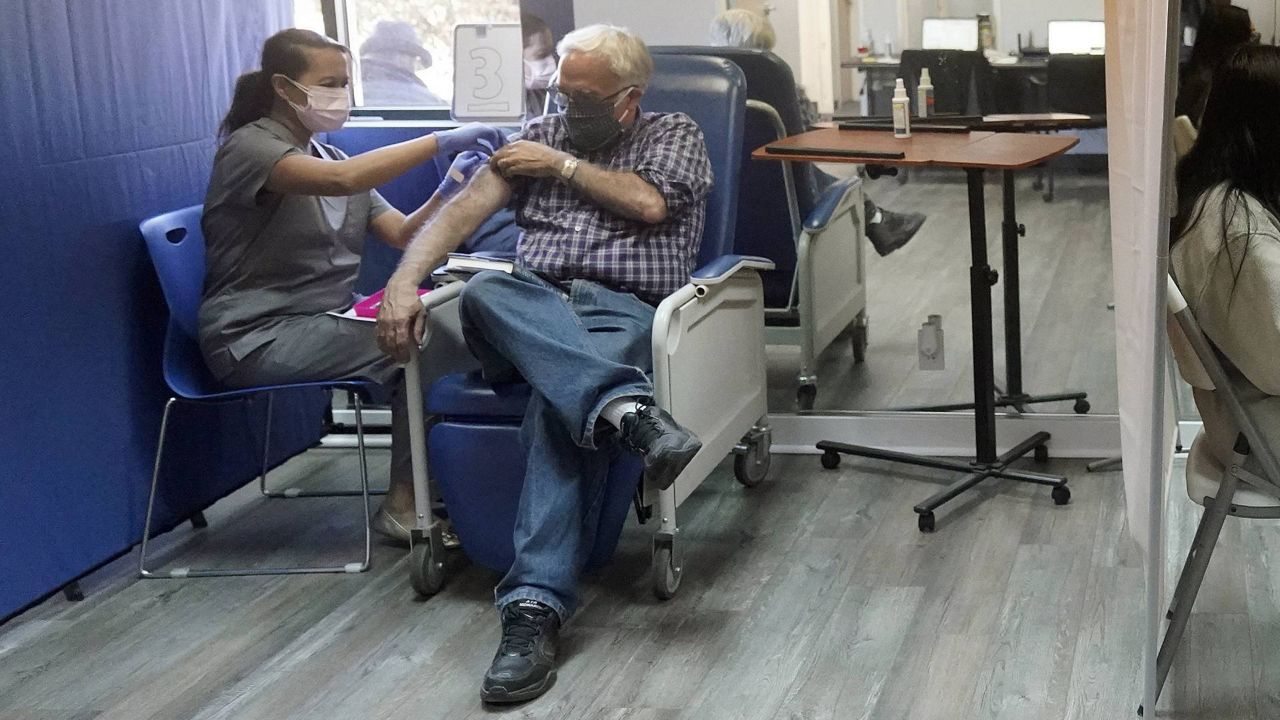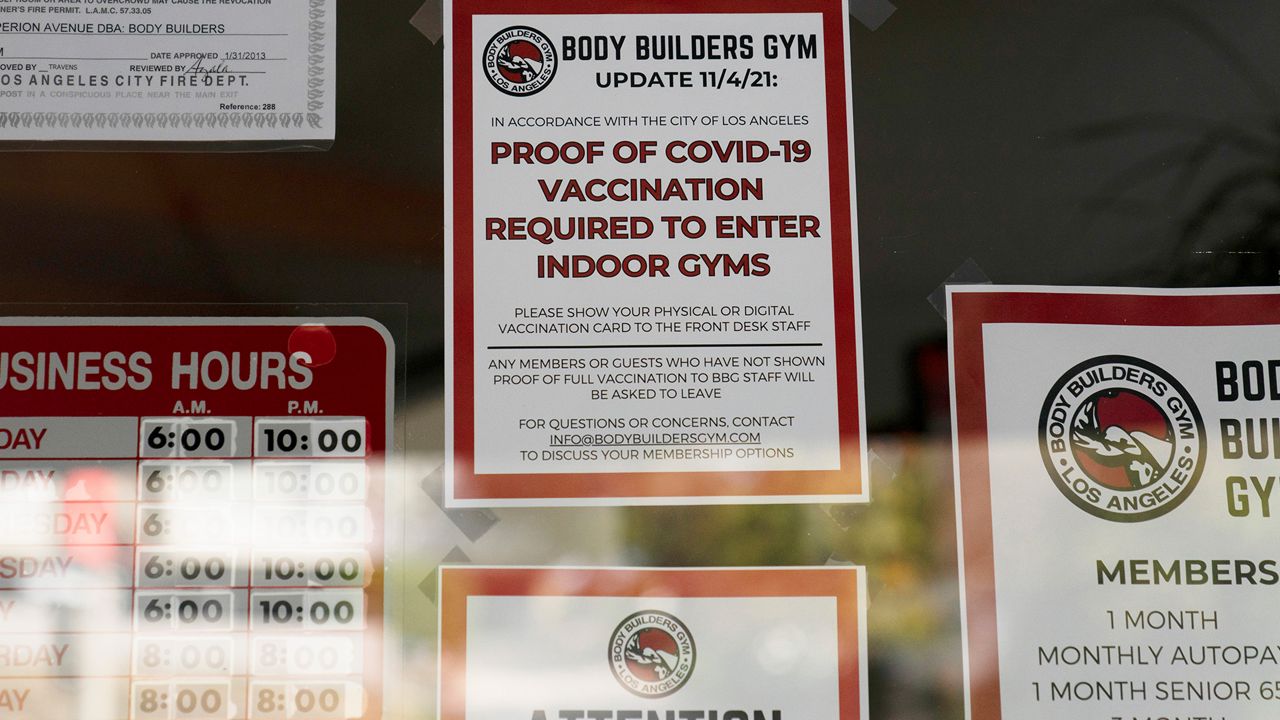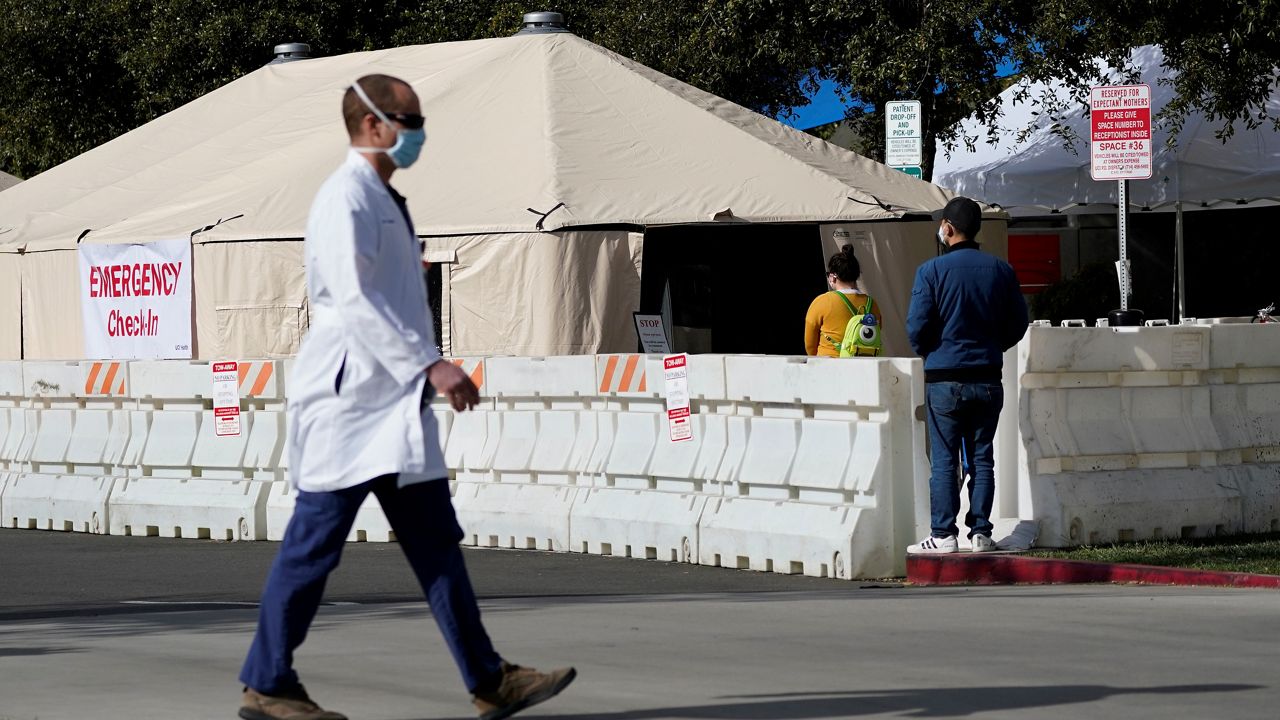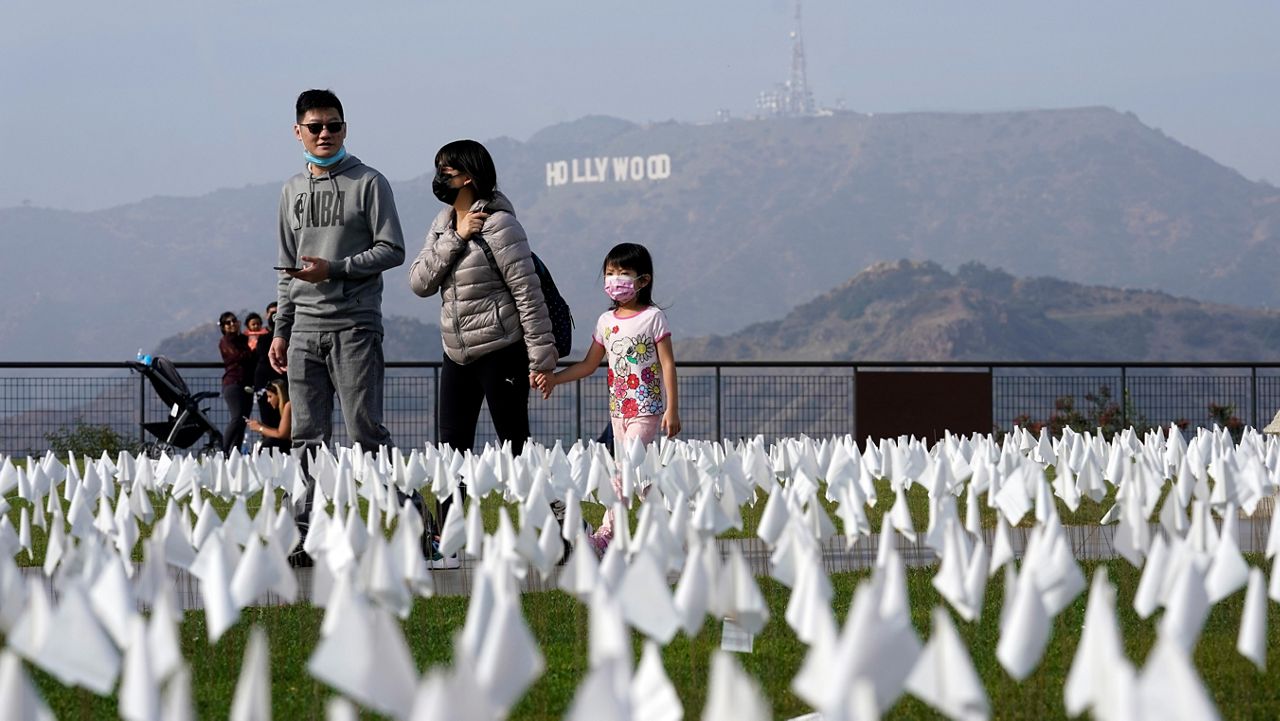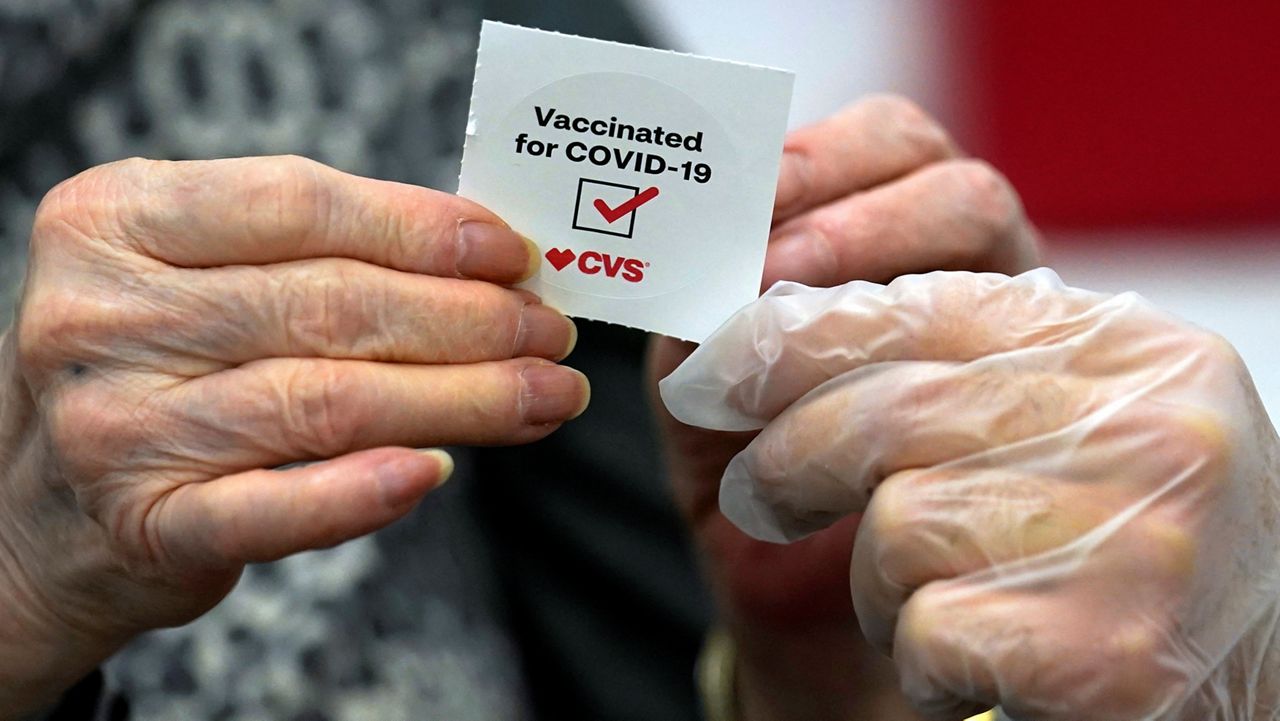SANTA ANA, Calif. (CNS) — Orange County Tuesday was just on the cusp of meeting the state's metrics to move up from the red to the orange tier, but it won't be until April before that can happen.
The latest weekly update form the state, which is done on Tuesdays, shows the county's test positivity rate improved to 2.2% from 3.2% from last Tuesday, and the adjusted case rate per 100,000 people on a seven-day average with a seven-day lag improved from 6 to 4. The county's Health Equity Quartile rate, which measures positivity in hotspots in disadvantaged communities, improved from 4.1% last week to 3.5%.
What You Need To Know
- Orange County reported 23 new cases and no fatalities on Tuesday
- Hospitalizations decreased from 233 on Monday to 216, with intensive care unit patients declining from 72 to 62
- State officials have indicated the county will continue to receive its usual allocation of vaccine doses
- County officials are concerned about a spring break surge in cases as some residents relax while inoculations churn out
That puts the county just one-tenth of a point away from meeting the threshold for the orange tier for case rate. If the trend continues the county could move up to the orange tier by April 7, just a few days after Easter.
The county on Tuesday reported 23 cases of COVID-19, upping the cumulative to 248,904, and no fatalities, maintaining a death toll of 4,486.
Hospitalizations decreased from 233 on Monday to 216 on Tuesday with intensive care unit patients declining from 72 to 62.
"Our hospitalization and ICU numbers are down today so that's good," Orange County CEO Frank Kim said.
State officials have indicated the county will continue to receive its usual allocation of vaccine doses.
"We need more vaccines. I'm ready to open my next POD" for distributing doses, Kim said.
The county has inoculated about 1 million people, which amounts to a little less than one-third of the county's population.
Orange County on Sunday went from the purple tier to the less restrictive red tier of the state's coronavirus regulatory system, allowing for bigger crowds in retail stores and the reopening of museums, movie theaters and indoor dining at restaurants at limited capacity.
The county had been preparing to move from the most restrictive purple tier to the red tier by this Wednesday, but the timetable was moved up Sunday when the state met its goal of inoculating 2 million Californians in underprivileged communities where coronavirus has spread more widely.
The red tier allows for many more businesses and organizations to reopen. For instance, retail stores can allow for half capacity instead of 25%, and museums, zoos and aquariums can reopen for indoor activities at 25% capacity, as can movie theaters, gyms and restaurants.
Wineries, breweries and distilleries can reopen for outdoor business only.
County officials are concerned about a spring break surge in cases as some residents relax while inoculations churn out.
"We had a meeting the other day where we were concerned about making sure we weren't going to have a second surge with people maybe feeling a little bit too free from the lifting of restrictions," Kim said.
Andrew Noymer, a UC Irvine professor of population health and disease prevention, said spring break is somewhat of a concern, but the pace of vaccinations will may help mitigate the impact.
"I'm not crazy about the timing of spring break, but... it's not automatic it will be a calamity," Noymer said.
Residents should avoid traveling during the break, "which means no Daytona Beach or Cancun," Noymer said.
"I know a lot of people will ignore this advice and given the declines we continue to see I'm optimistic that we'll somehow skate through," Noymer said. "Tomorrow is St. Patty's Day so I'm counting on the luck of the Irish. But it's a little hard to predict. If we get another wave in the U.S. the same way as Germany and Italy then spring break may yet be indicted as an accessory after the fact."
Noymer added, "The biggest fear is grandma as opposed to the kid who goes to Daytona Beach. The difference this year is we've vaccinated 100 million Americans, including many grandmas, so I'm not quite as severe with my finger wagging as I was a year ago, but I still think the prudent step is to just skip it."
The county on Tuesday also reported 7,333 COVID-19 tests, raising the cumulative total to 3,191,026.
The county is doing 312.9 tests per 100,000 on a seven-day average with a seven-day lag.
"We're still in the low 300s, and the reality is we're where the rest of the state of California has dropped to," Kim said. "So now we're having discussions about how to modify our testing program to encourage greater numbers of people with symptoms to come out and test. We have to find a way to make it even easier, because the demand isn't there anymore."
The fatalities logged Monday raised the death toll for January, the deadliest during the pandemic, to 1,412. The death toll for December stands at 905, and there have been 442 deaths reported in February and now 22 deaths logged for March.
The fatalities stemming from the December and January holiday-fueled surge in cases represent 51.6% of the county's entire death toll for the pandemic.






